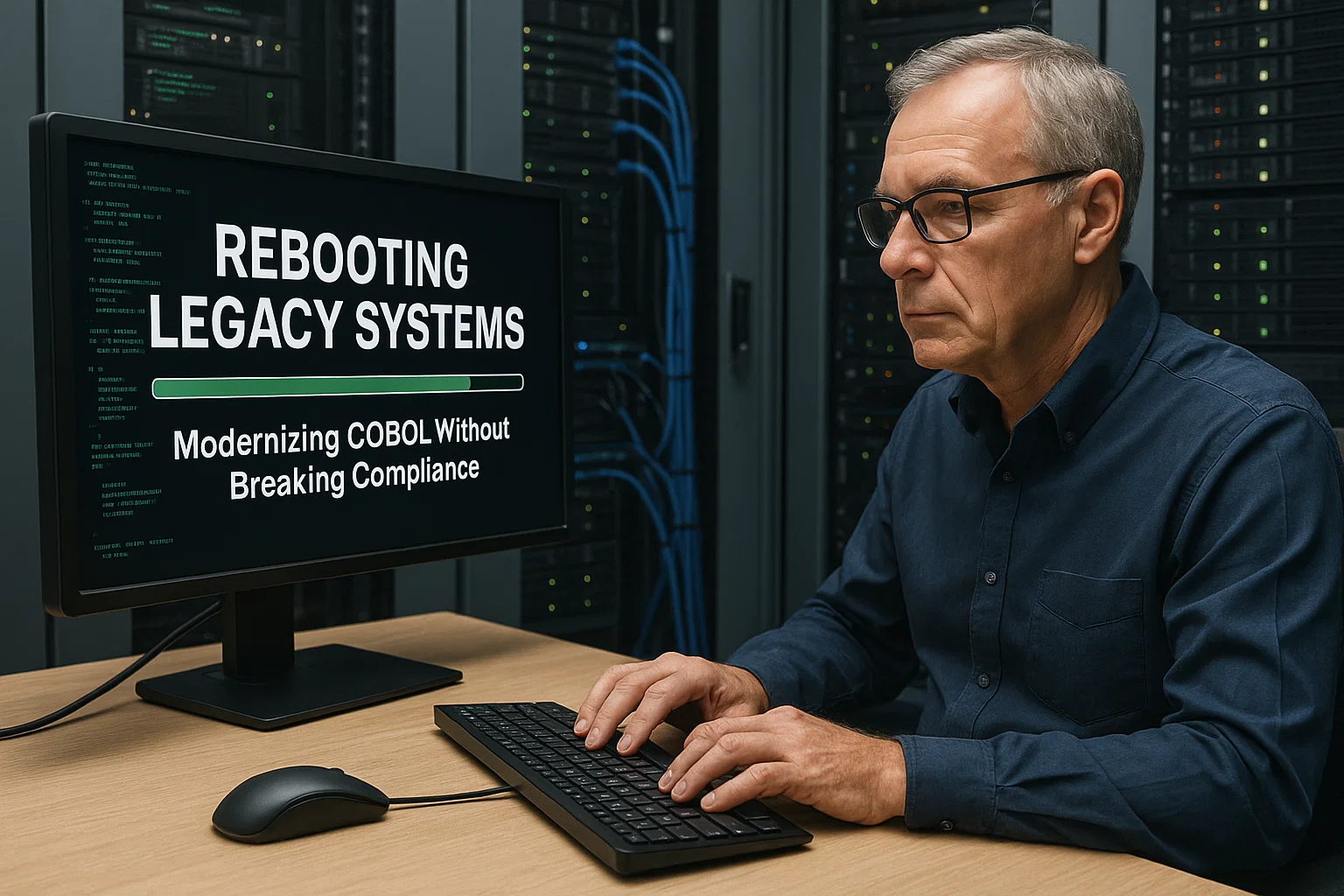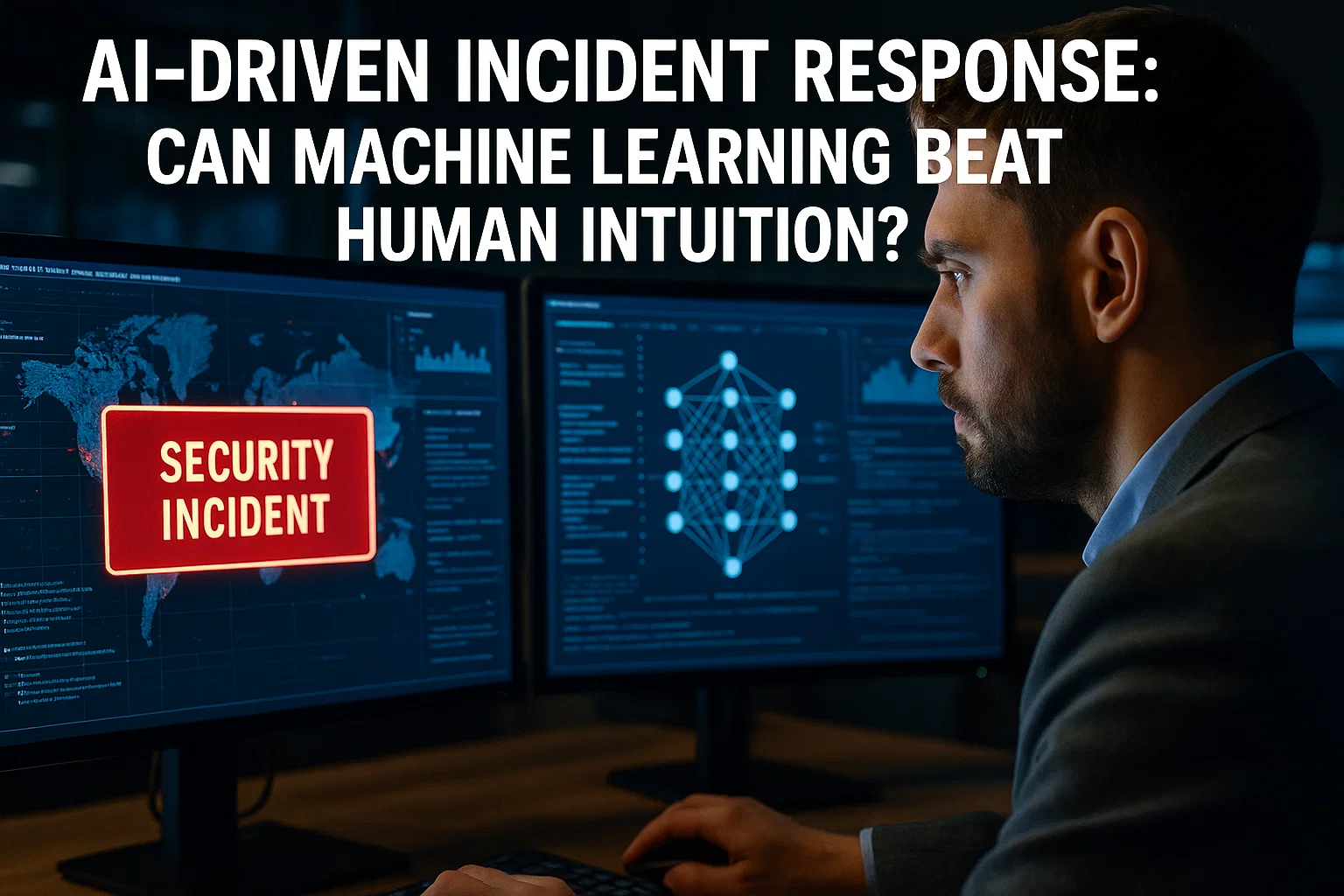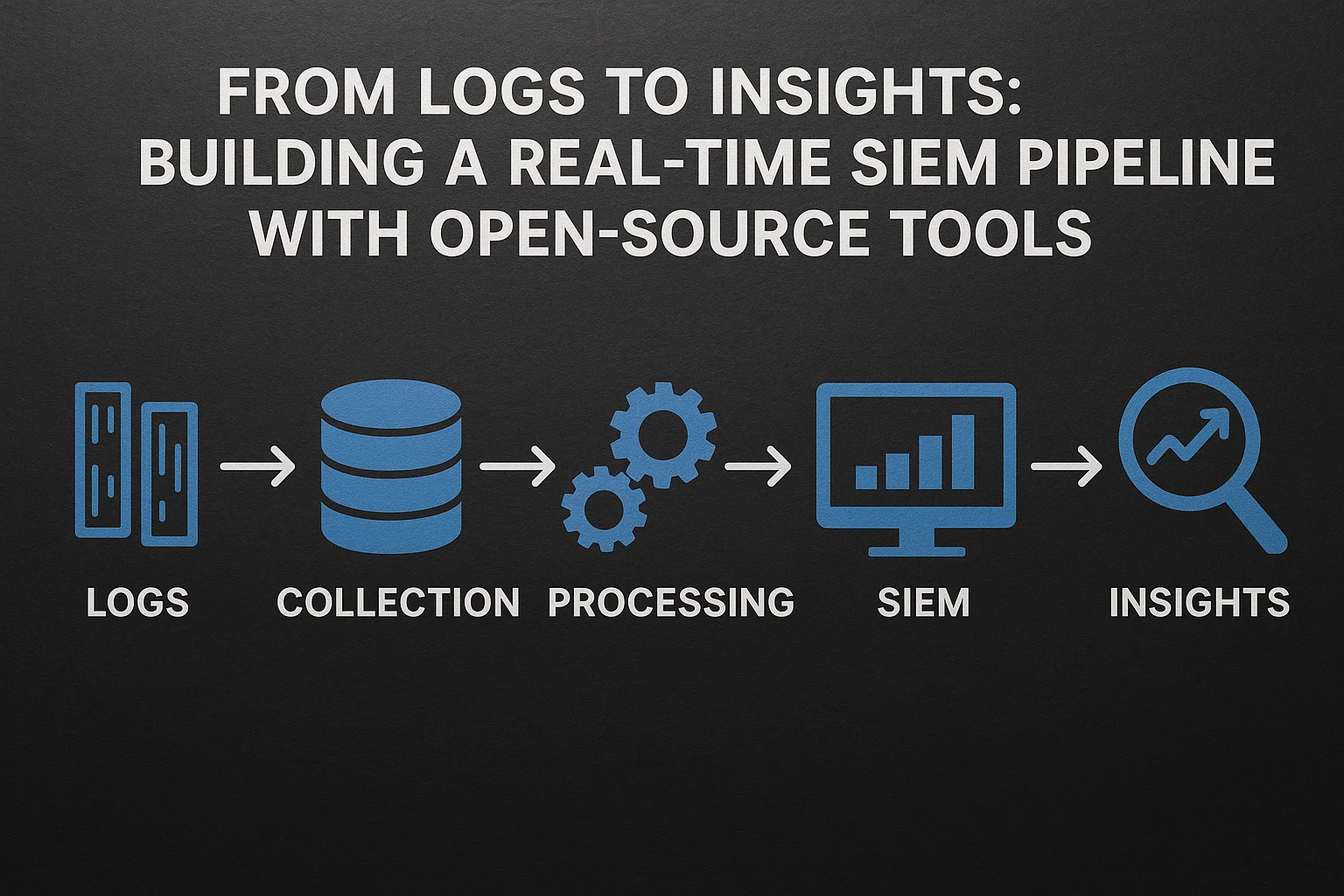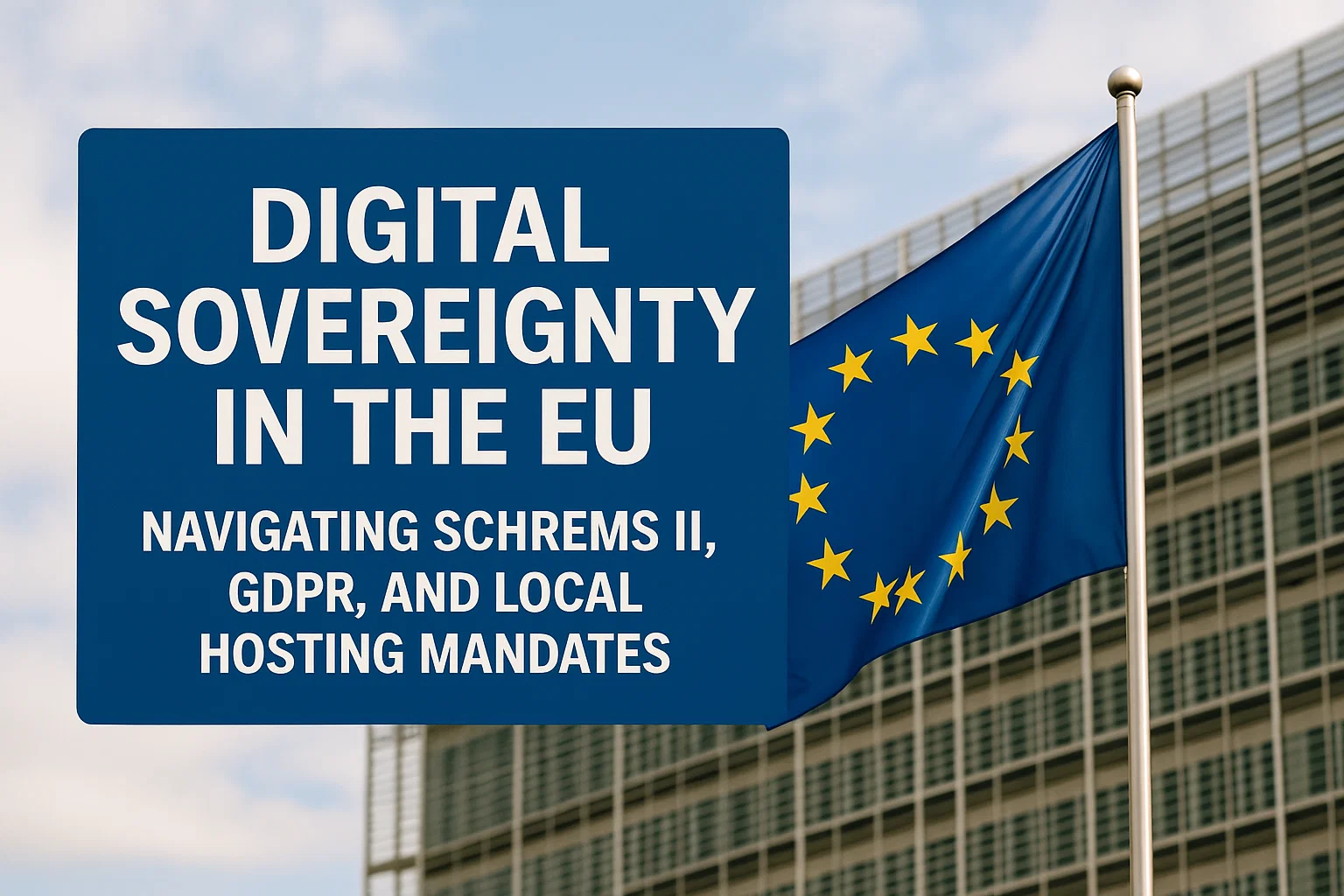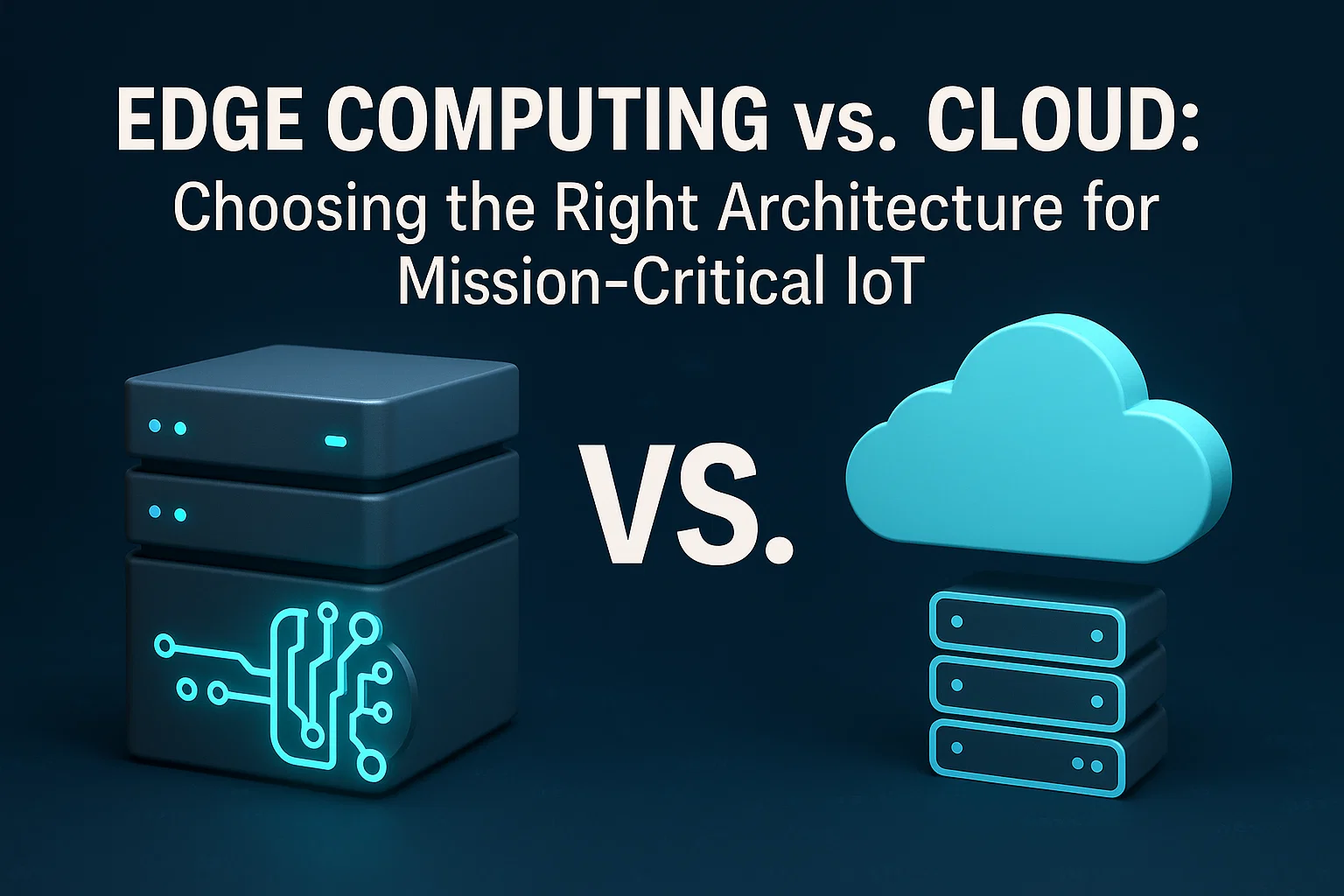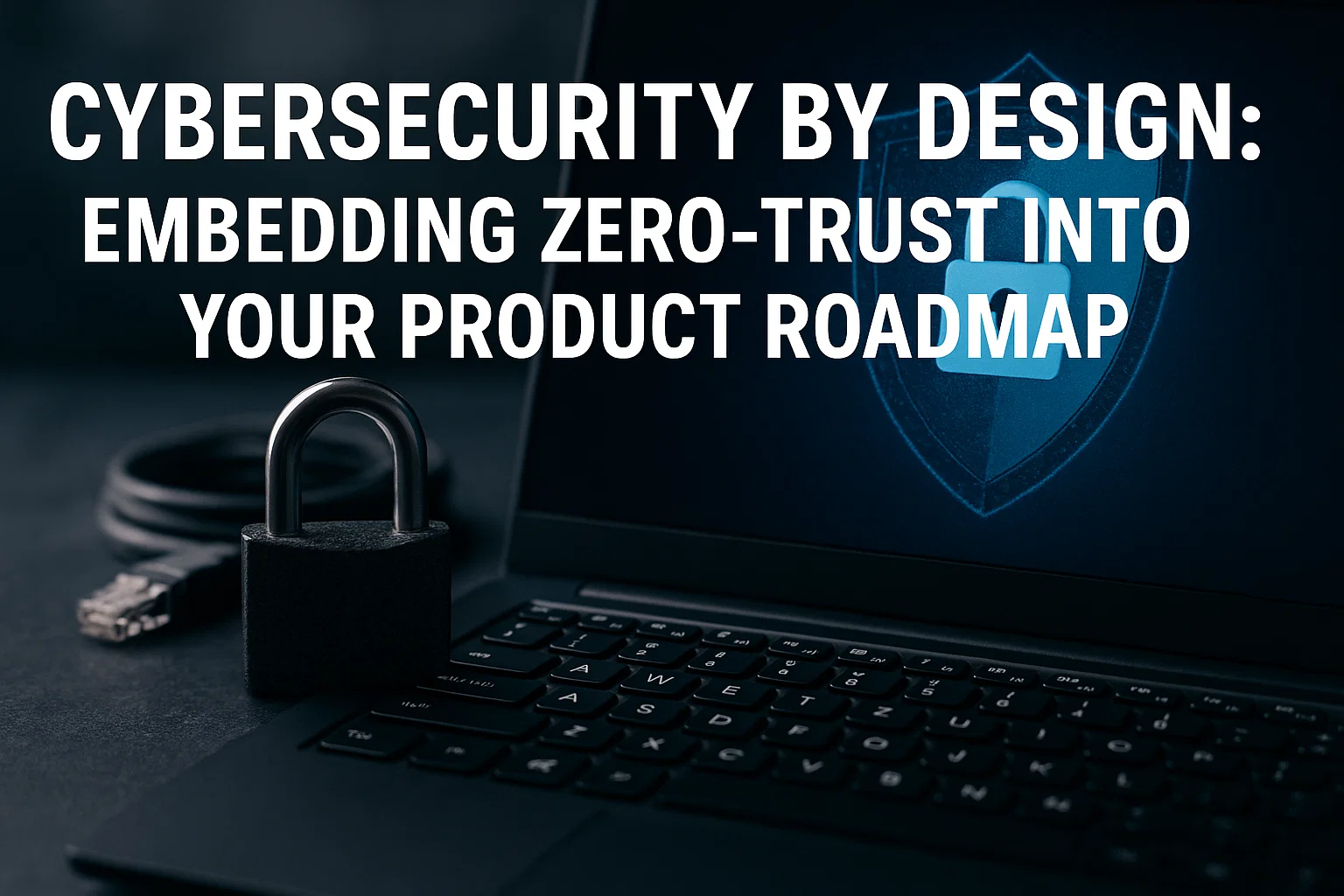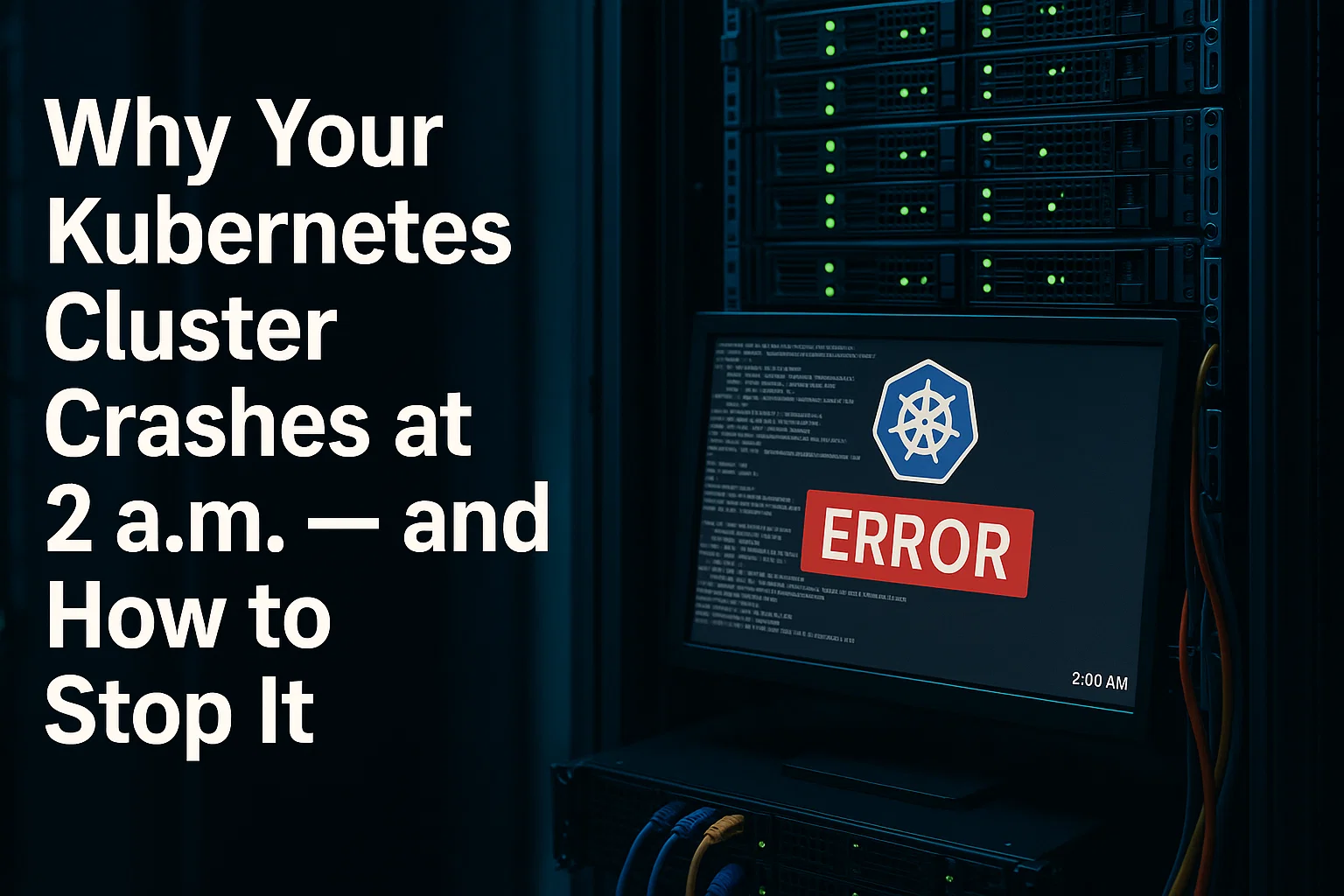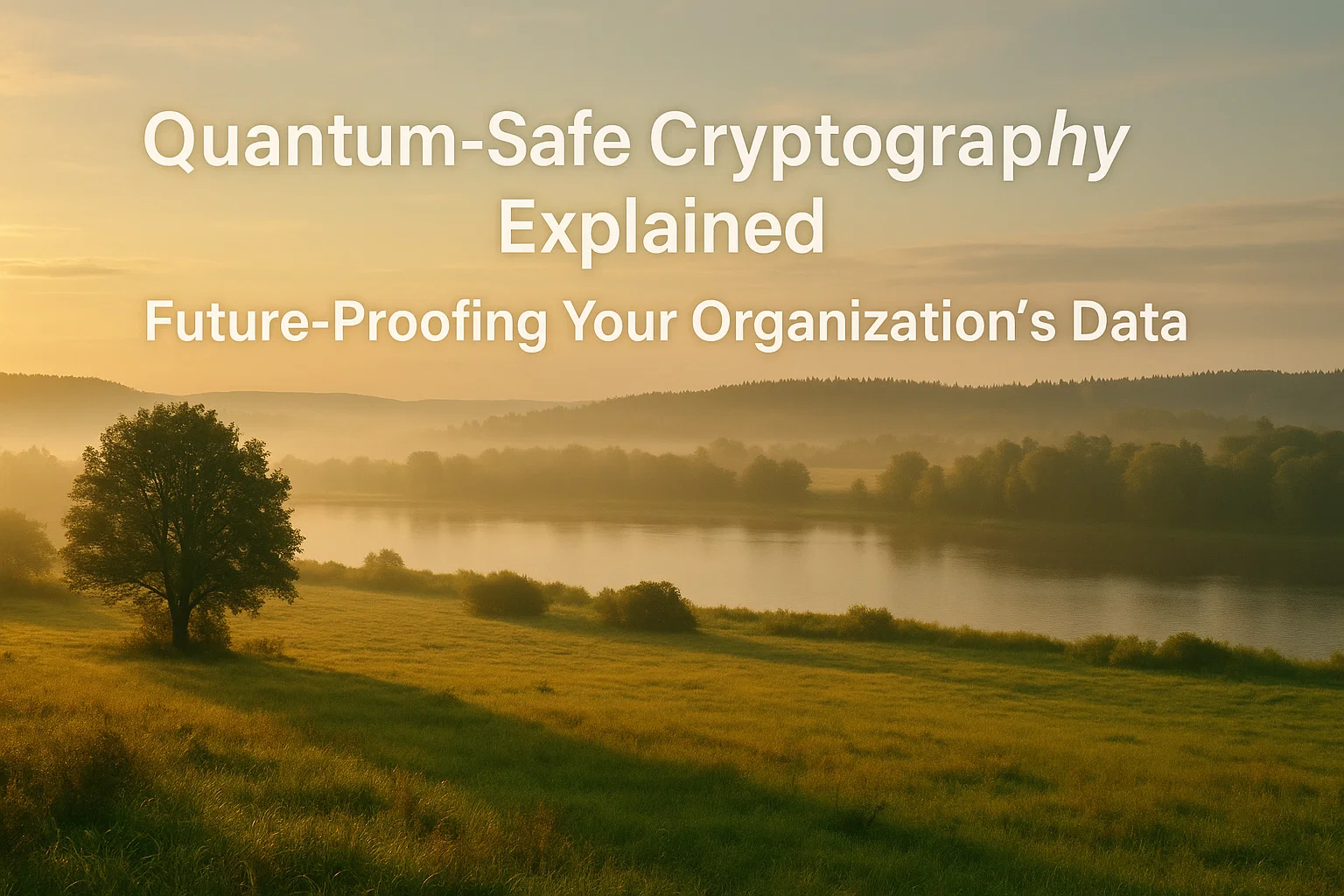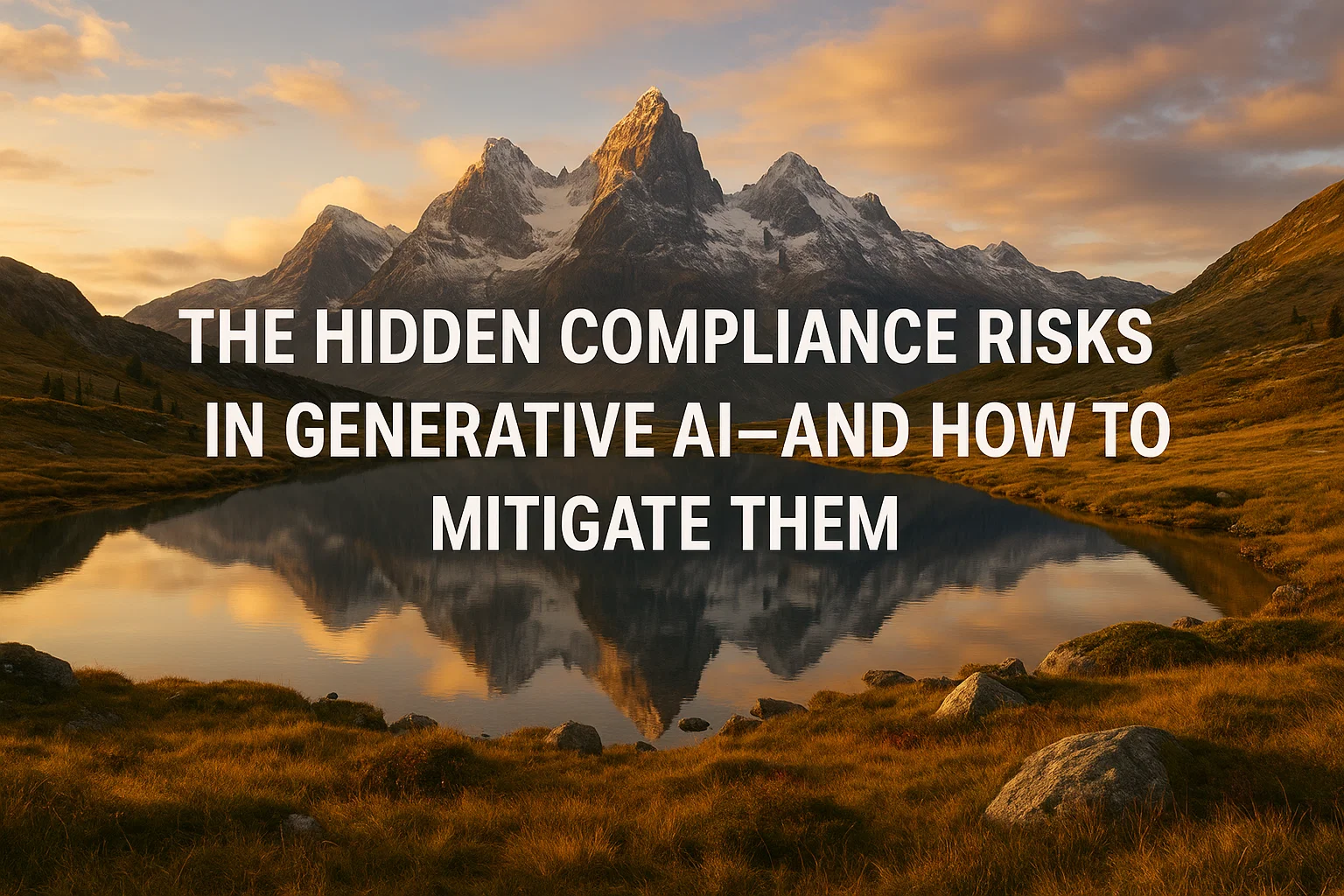The Unseen Backbone: Undersea Cables, Geopolitics, and the Race for Reliable Connectivity
The global internet relies on a vast network of undersea cables. This introduction explains why these hidden arteries are so critical and examines the geopolitical jockeying that surrounds their deployment and protection. Most of our online lives depend on thousands of miles of fiber-optic cables lying silently on the ocean floor. These undersea links carry more than 95 percent of international data, yet they’re surprisingly vulnerable to both natural and man-made threats.

